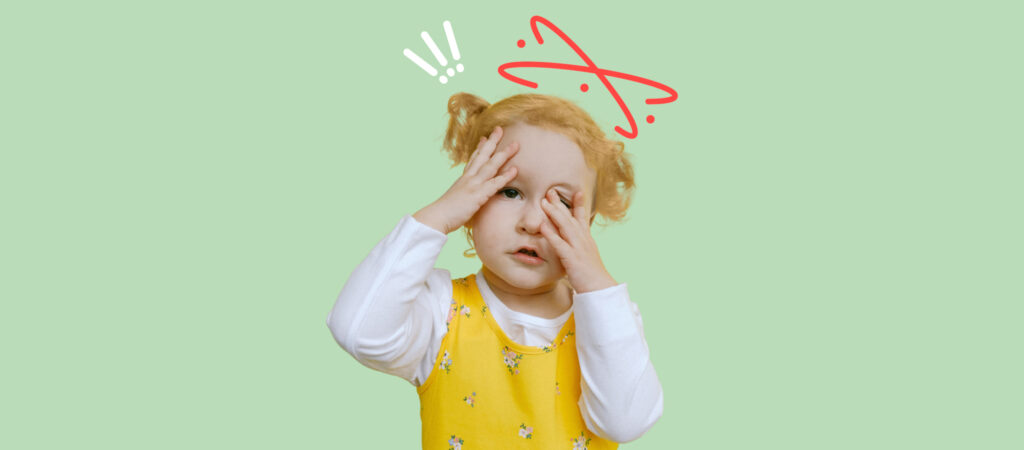What to Do If You Think Your Child Might Be Getting Migraines

Medically reviewed by Emily Maurer, NP on September 1, 2020
Though we often associate migraines with adults, kids are far from immune — 80% experience a headache by the time they get to middle school, and some estimates state that up to 23% kids will have experienced a migraine by the time they turn 15.
It can be difficult to know what you should do if you’re worried your child suffers from migraines, so here are a few places to start:
- Check family history
Around 70% of kids who suffer from migraines have someone in their nuclear family who suffers from them as well. Even if no one in your household has migraines, do a little digging to see if any aunts, uncles, cousins, or grandparents do — any genetic history of migraines could help explain what your child is experiencing. The way people in your family experience migraines could also give insight into what your child’s will be like in terms of length, pain, and possible remedies.
Nurx offers prescription treatment for migraines for as little as $0 with insurance or $15 per month without insurance.
- Try home treatment first
Unless your child is experiencing pain that warrants a professional’s care, it’s usually best to try at-home remedies before moving on to more serious methods. As the migraine begins to flare up, move your child to a dark, quiet room where they can relax and rest. Kids who are at risk for migraine headaches should also be careful to avoid television, smartphones, and other screens before and during a migraine.
Whereas adult migraines can last for days at a time, children rarely experience migraine headaches longer than a few hours — meaning that simple behavioral treatments usually do the trick. If you need some additional firepower, giving your child the recommended doses of ibuprofen or acetaminophen at the onset of their migraine can help dull the pain.
- Track triggers
While some migraines simply come and go, most people will find that certain foods or behaviors bring theirs on. Keep a headache diary with your child that tracks what they were doing in the days or hours preceding their migraine — make note of sleeping patterns, meals, and any recent physical exercise.
In addition to helping to identify what behaviors may be triggers for your child, a headache diary can assist doctors trying to determine which treatments may be the best for your child’s headache.
- Manage stress
Stress is a common migraine trigger for people of all ages, but adolescents can be particularly affected. Keeping up with schoolwork, extracurricular activities, and potentially preparing for college (for teens) can all add up to a big chunk of stress. Talk with your child about ways they might be able to manage their stress.
Migraines and stress in children can also be a two-way street: those who suffer regularly from headaches may find migraines to be a new, unwanted form of stress in and of itself. It’s important to break this cycle as early as possible: encourage your child to explore activities and outlets that help them reduce stress.
Handling migraines at any age is difficult, but it can be particularly challenging for children. Nurx offers migraine treatment to patients as young as 18, though it depends on the laws and regulations where you live. If you’re in the dark about what your next step should be, get in contact with one of our providers here at Nurx today. They can tell you more about what treatment options might be available.



